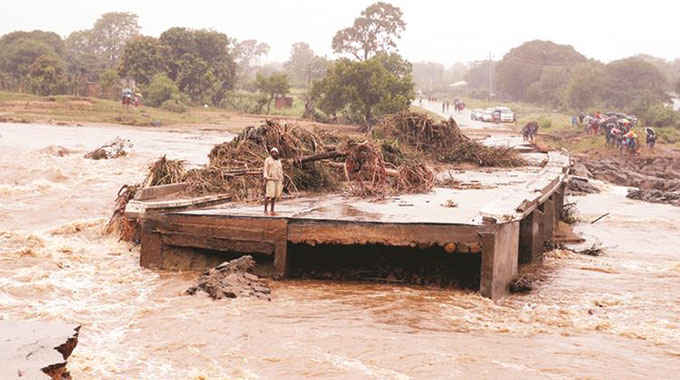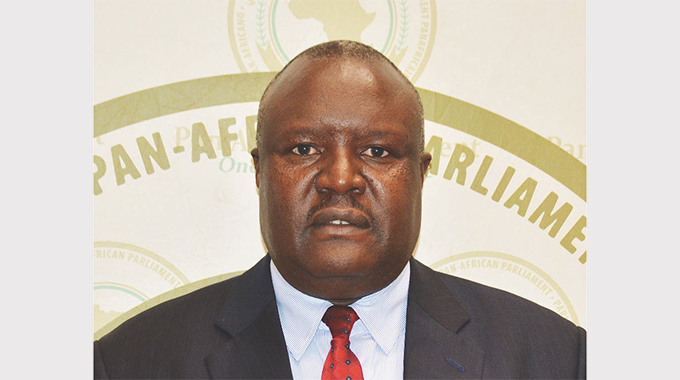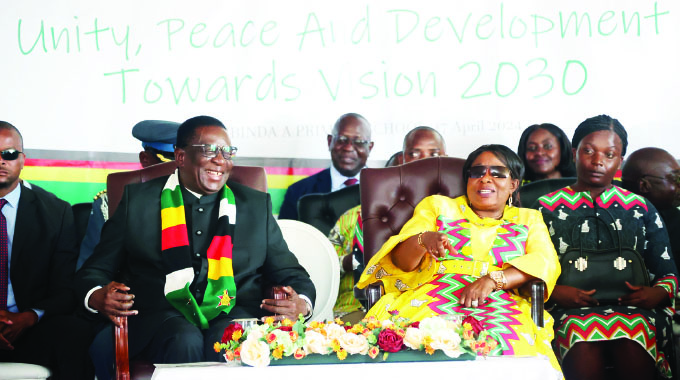Zimbabwe gets US$1,547 million support for natural disaster risk reduction

Sifelani Tsiko Agric, Environment & Innovations Editor
Zimbabwe is set to get an additional €1,5 million (US$1,547 million) from the European Union to help the country prepare better for natural disasters.
The support will be channelled through CARE International Zimbabwe to strengthen disaster preparedness structures and systems in disaster-prone Manicaland, Mashonaland Central and Matabeleland provinces.
In a statement, Care International Zimbabwe said the funding is being made available through the EU’s Civil Protection and Humanitarian Aid Operations (ECHO) and will be implemented in collaboration with the Government and Caritas Zimbabwe.
The support will help Zimbabwe attain a basic level of readiness for future disaster risks mainly caused by climate change.
This funding support is also expected to enable Zimbabwe to improve access to risk analysis and early warning systems, put together contingency plans, stockpile emergency Non-Food Items (NFIs), improve the safety, security and management of selected evacuation centres.
“One of the main objectives of the project is to help strengthen and standardize Zimbabwe’s civil protection structures to improve efficiency and effectiveness of disaster preparedness and response,” said Patrick Sikana, CARE Zimbabwe country director.
In recent years, Zimbabwe and most other Southern African countries have experienced extreme weather conditions such droughts, localized flash floods, storms and cyclones.
“These disasters affect the most vulnerable households in Zimbabwe, particularly women and girls, and many continue to experience loss of crops, livelihoods and shelter and reduction of resilience to recover from such severe shocks and stresses,” said Sikana.
Care International Zimbabwe will work closely with the Civil Protection Unit, Meteorological Services Department (MSD) and ZINWA to implement the project.
This project will also focus on the roll-out and deployment of inclusive community-led early warning and early action plans and tools in selected districts, especially locations prone to rapid-onset natural disasters, such as flooding and cyclones.
“We need to galvanize communities throughout Southern Africa to be more aware and prepared for sudden onset natural disasters,” said EU humanitarian expert Sylvie Montembault.
“For every euro or dollar invested in disaster preparedness, we save 7 dollars or euros in damages or reconstruction costs and enable communities to overcome such disasters much quicker. Preparedness also saves lives.”
Drought and extreme rainfall events have surged in the SADC region and are now occurring at a rate five times higher than in 1980, according to a 2021 study by the Southern African Research and Documentation Centre (SARDC).
Cyclone Idai of 2019 was recorded as one of the worst tropical storms to ever affect Africa and the southern hemisphere.
It affected central and southern Mozambique, southern Malawi, and eastern Zimbabwe causing severe flooding and destroying infrastructure and large tracts of cropland in the three Sadc countries.
An estimated three million people in the three countries were affected.








Comments